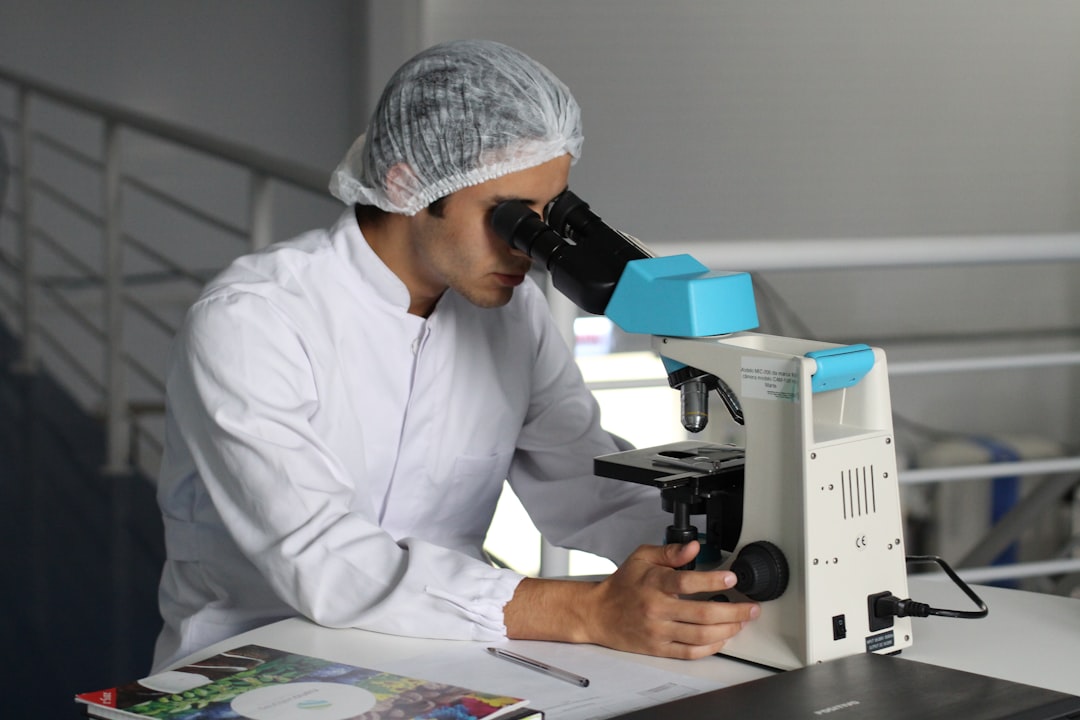What is it about?
For healthy offspring eggs and sperm must receive one and only one copy of each pair of chromosomes. In most organisms, including humans, a large protein structure called the synaptonemal complex (SC) is required for the process of ensuring the correct number of chromosomes by holding pairs of chromosomes together early in the process of egg and sperm production. The mechanisms that control where and when to build the SC are poorly understood but the identification of mutations in fruit fly females that cause SC proteins to form large repeated structures instead of building properly between pairs of chromosomes provides new insights into this regulation. The mutations affect a protein called Seven in absentia (Sina) which is required for the degradation of proteins. This work suggests a protein must be destroyed to direct SC proteins to build properly between pairs of chromosomes to orchestrate the events required to direct one of each chromosome into the egg.
Featured Image

Photo by Navid saberi on Unsplash
Why is it important?
Defects early in the process of making eggs and sperm lead to infertility, miscarriage and birth defects and affect a significant number of individuals. Yet we are only beginning to understand the causes of these defects. The identification of Sina, a protein involved in degrading proteins, as a crucial regulator of where and how to build the synaptonemal complex indicates making sure proteins are destroyed at the correct time is important for fertility. Sina is part of a family of proteins that are also present in mammals. Regulating protein degradation may be a future avenue to explore for understanding and treating infertility.
Perspectives
It was astonishing that a set of proteins that consistently make a well-conserved structure between the chromosomes could be directed in the mutants into different massive repeated structures. How do cells direct proteins with the ability to form different structures only into the correct structure, especially in the cases like the synaptonemal complex where forming the correct structure is essential for fertility?
Stacie Hughes
Stowers Institute for Medical Research
Read the Original
This page is a summary of: The E3 ubiquitin ligase Sina regulates the assembly and disassembly of the synaptonemal complex in Drosophila females, PLoS Genetics, May 2019, PLOS,
DOI: 10.1371/journal.pgen.1008161.
You can read the full text:
Contributors
The following have contributed to this page










